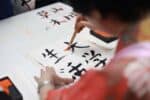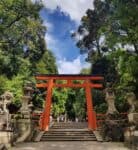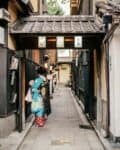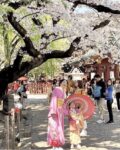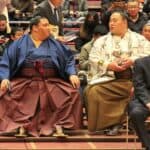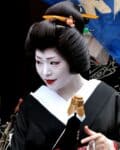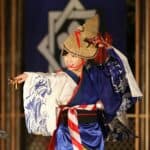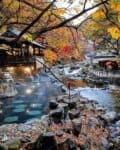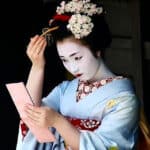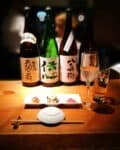Travelers should learn about the culture and customs of their destination before visiting to avoid faux pas or missteps that might make undesirable memories during a much-anticipated trip. If you’re traveling to Japan, a country steeped in rich traditions, you’ve got to do your research.
You will stick out in Japan, most likely. The country is known for its enduring love of conformity, a sign of strength in their culture. The citizens of Japan grow up immersed in the traditions described here, and attempts to partake in their etiquette and customs are viewed positively.
This article reviews the cultural customs and traditions you’ll find when visiting the land of the rising sun. You’ll want to learn about the culture before you go to ensure the most enjoyment. Participating in the local culture will make your trip more pleasant and memorable. When you return, you’ll have lots of stories to share about how you were received.
Bowing


Japanese citizens are brought up in a culture of respect, not only for its traditions but for fellow citizens. Bowing is a simple indicator of respect. In the United States, the way we nod to one another is similar but not to the same degree of popularity.
In Japan, greetings are formalized with bows when meeting and when parting. This gesture is always present but the degree to which it is performed varies depending on the situation.
As a tourist, you will not be expected to follow along with the social protocols that Japanese citizens partake in, but if your vacationing style includes paying homage to tradition, you’ll want to know more. The speed and angle of the bow vary depending on the person being addressed. For the most part, you will be safe bowing 10-30 degrees at most. When in doubt, err on the side of respect by bowing a little slower.
Shoe Removal
Be observant when you enter anywhere of the protocols observed by those around you. Most businesses and hotels require you to remove your shoes upon entering. You should do the same at any home you visit without being prompted. There will usually be a storage device like a rack, and often guest slippers are provided.
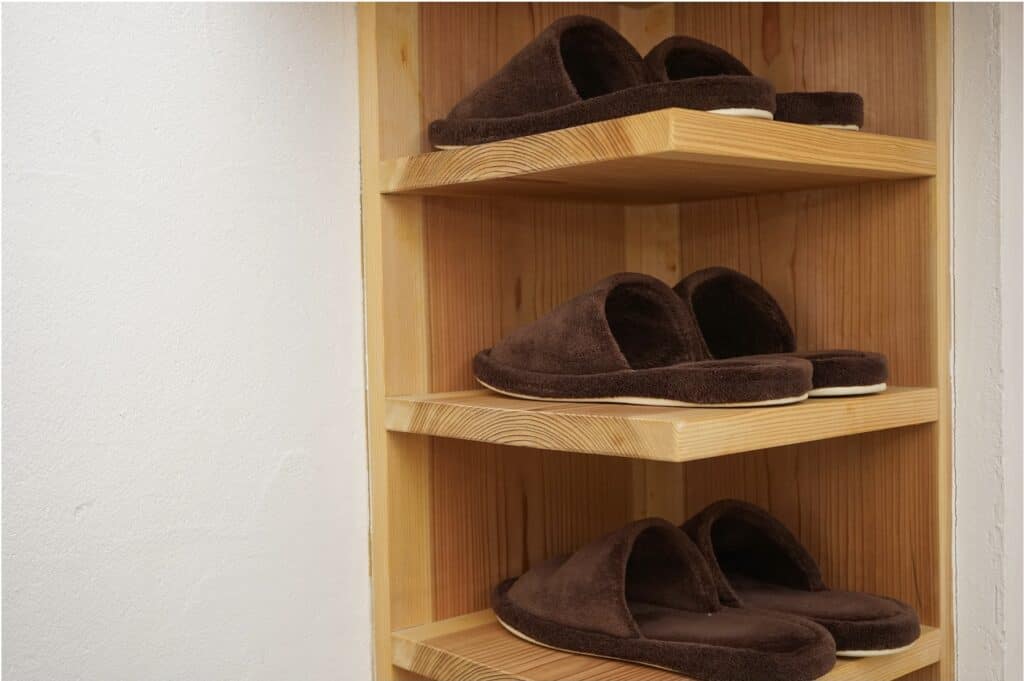
You may want to purchase guest slippers to carry with you, just in case. Many Japanese citizens do the same. Just don’t wear your slippers on tatami mats, the woven grass floor covering present in many homes. Barefeet or socks are expected as socks and slippers can tear the mat.
Finally, let’s talk about toilet slippers. That’s right. They’re provided in most places, set outside bathrooms for easy changing. Slippers are worn in Japan to prevent tracking germs through homes, so toilet slippers keep bathroom germs in the bathroom. Just don’t wear them anywhere else, and you’ll be fine since it’s a major faux pas to wear bathroom slippers in public.
Interested in Japanese culture? Discover more :
– 5 Surprising Ways Japanese Culture Has Changed
– Japanese Culture For Kids
– What Makes Japanese Culture Unique
– Are Dragons In Japanese Culture?
– What Is Japanese Culture Known For?
– 7 Things You Need To Know About Japanese Culture For Business
– How Has Japanese Culture Influenced America
– How Japanese Culture Changed After World War II
– Are Korean And Japanese Culture Similar?
– Japanese Work Ethic – Why Japan Has Such A Great Work Ethic
Different Table Manners
Depending on where you’re eating, finer manners may be expected, but these basics will keep you covered in a variety of different dining situations. There are some rules to Japanese dining that don’t come intuitively to travelers, like what to do with your towel.
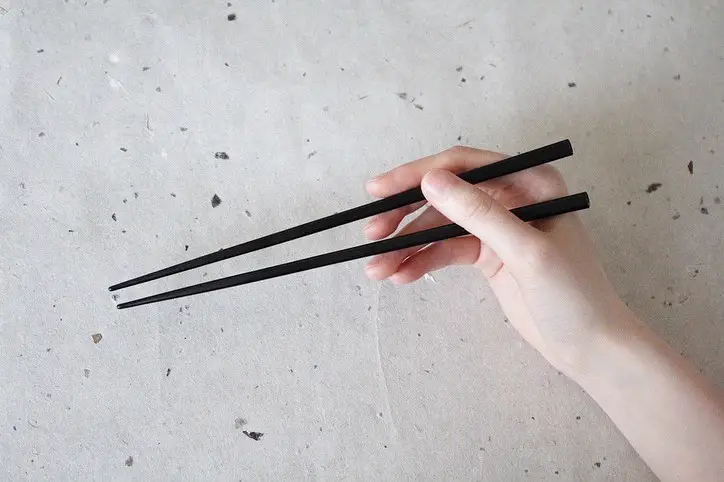
- Towel Etiquette: In most restaurants, the server will hand you a hot towel for cleaning your hands. Don’t do anything else with the towel, since it’s considered disrespectful. As tempting as it is, save steaming your face for when you’re by yourself.
- Baskets: Don’t just put your bags on the ground. Cleanliness is important, and to help guests stay tidy, most restaurants offer baskets at the table. These are for storing anything you’ve brought with you during your meal.
- Itadakimasu: This short phrase means “I receive this food.” and is a saying of thanks before enjoying food. Accompany this phrase with a slight bow of the head and shoulders, and you’ll be participating in a very common custom that demonstrates respect for the food in front of you. Here’s a YouTube video demonstrating how to pronounce the word: https://www.youtube.com/watch?v=c8wOs5N2ZWw
- Chopsticks: Practice, practice, practice! Just remember that your dining companions have likely been using chopsticks their entire lives, so don’t feel too bad if your skills aren’t up to par. Just don’t place your chopsticks upright in your rice, as it’s similar to a funeral ceremony and is considered rude and morbid. For the same reasons, be careful to not touch the same item as the time as another person with your chopsticks.
- Cheers: Don’t drink until cheers have been said. Often speeches are given when out drinking together, and it’s considered rude to drink before (cheers) has been said. Wait until after to start sipping if you don’t want to be seen as rude.
- Slurping: It’s good to slurp! Especially when eating ramen, slurping is encouraged. It’s considered a polite way to show you’re happy with the meal.
Tipping
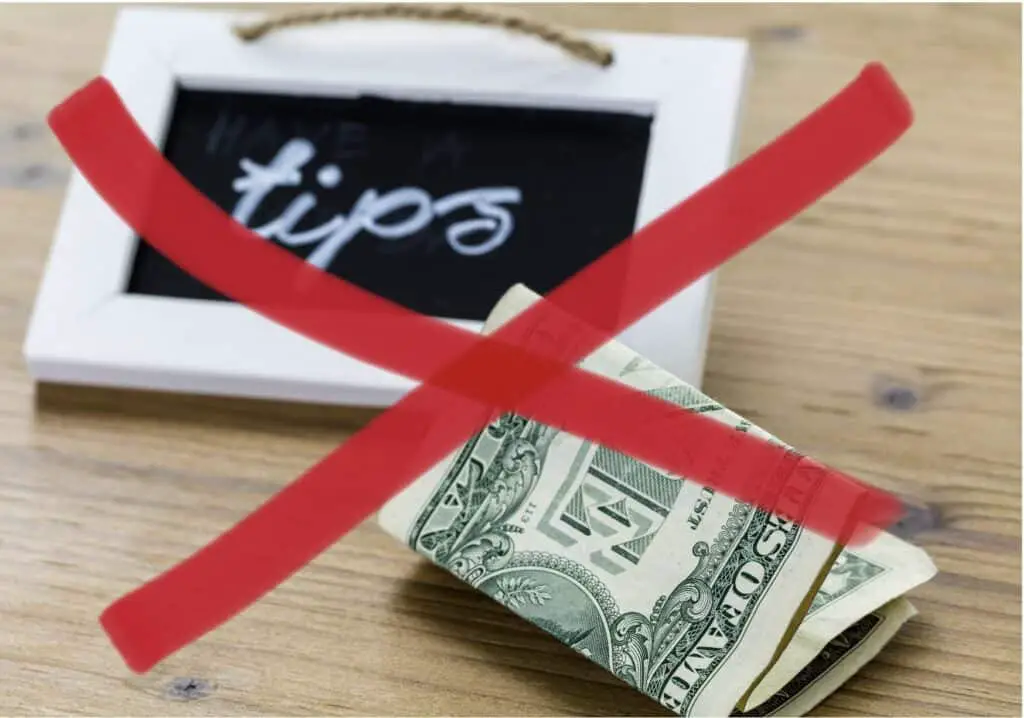
Whether it’s at a restaurant, cafe, coffeehouse, or in a cab, tipping is not appreciated in Japan. Save your money, because when you offer an unexpected tip, the staff may be offended. Japanese workers take pride in their work, and unless otherwise indicated, would much prefer a compliment or verbal thank you.
Additionally, it’s considered more polite to use both hands to give your payment if money must pass hands. This is only if you’re not offered a tray. In most cases, you’ll be given a tray for passing payment back and forth, so always use it if it’s available.
Generally speaking, it’s considered poor manners to pass money hand to hand. Try to avoid this if you can. Remember to look first for a tray if money is being exchanged.
Two Hands
This bit of cultural preference wouldn’t come intuitively to travelers from America. We don’t usually think as much of our gestures and hand movements, but in Japan, they have a certain way of doing things. As a tourist, your adherence to this isn’t expected, but it’s interesting to observe.
When exchanging gifts, business cards, or other items, use two hands. This is especially if you’re being formally introduced. One-handed exchange is considered casual. It’s simple to remember with a rhyme like “Two Hands, Good Plan.”
Remember, Japanese citizens like seeing tourists who respect and honor their traditions. Even something as small as using two hands. Give it a try while you’re visiting.
Public Behavior
Whether you’re on a train, at a restaurant, on the street, or at a ball game or tourist location, you need to keep your appearance in mind. For instance, if you are a smoker, stick to designated smoking zones. Don’t blow your nose or engage in other hygiene tasks in public.
Wear a mask that covers your face and nose. These have become more common in the US, but they are required in Japan, especially in big cities. This has become more common in most countries, but it is expected in Japan as a matter of courtesy.
Overall, it’s best not to draw attention to yourself if you’re out in public. It’s not received well due to the country’s culture. In America, we may laugh off or ignore, but in Japan, you might be reprimanded for causing a scene.
Pedestrian Traffic
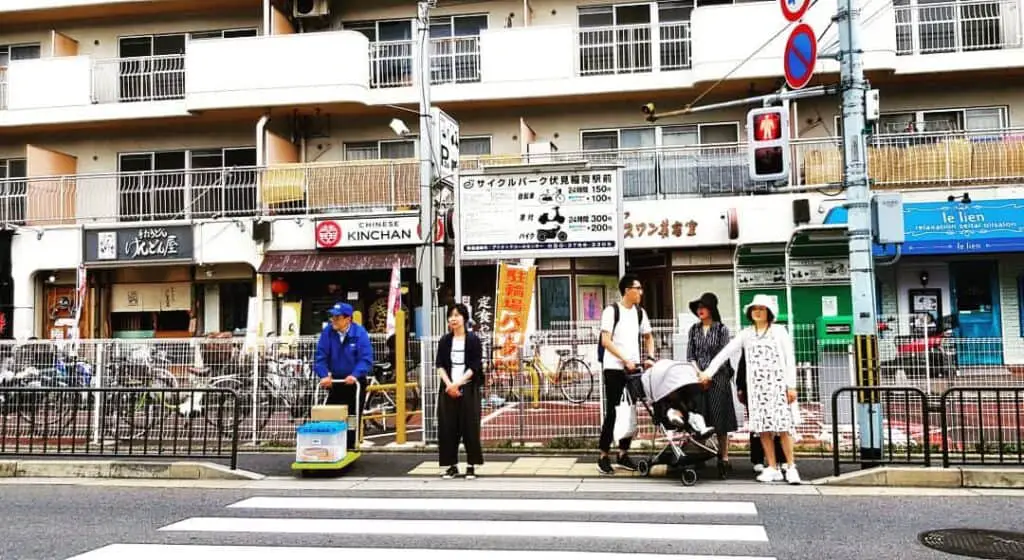
Just like in America, it’s illegal to jaywalk in Japan. Most Japanese citizens hold closely to the law, so they follow the rules. You’ll find it best to do the same to get around in the sea of pedestrian traffic you can expect in any major city.
So many people commute on foot that certain manners have arisen regarding how traffic flows. In most places, you’ll need to stay on the left when you walk. Pay attention to the crowd around you to determine how to maneuver around busy cities.
It varies depending on the city, and because there’s so much pedestrian traffic you’ll see signs around you. These will often indicate the flow of traffic, and fortunately often include English. If in doubt, take a look around for signs.
Motor Vehicles
Just like in England, the Japanese drive on the left side of the street. If you don’t follow this rule, you’ll end up with a ticket or worse, in an accident. Do your best to follow signs, and if you don’t feel comfortable driving, use public transportation, or hire a cab.
If you take the train, you’ll find they’re very timely. Make sure you arrive at the station early, because Japanese trains are famous for never being late. Keep to yourself on the train, but make sure you look around at the variety of people that use public transportation.
Tattoos
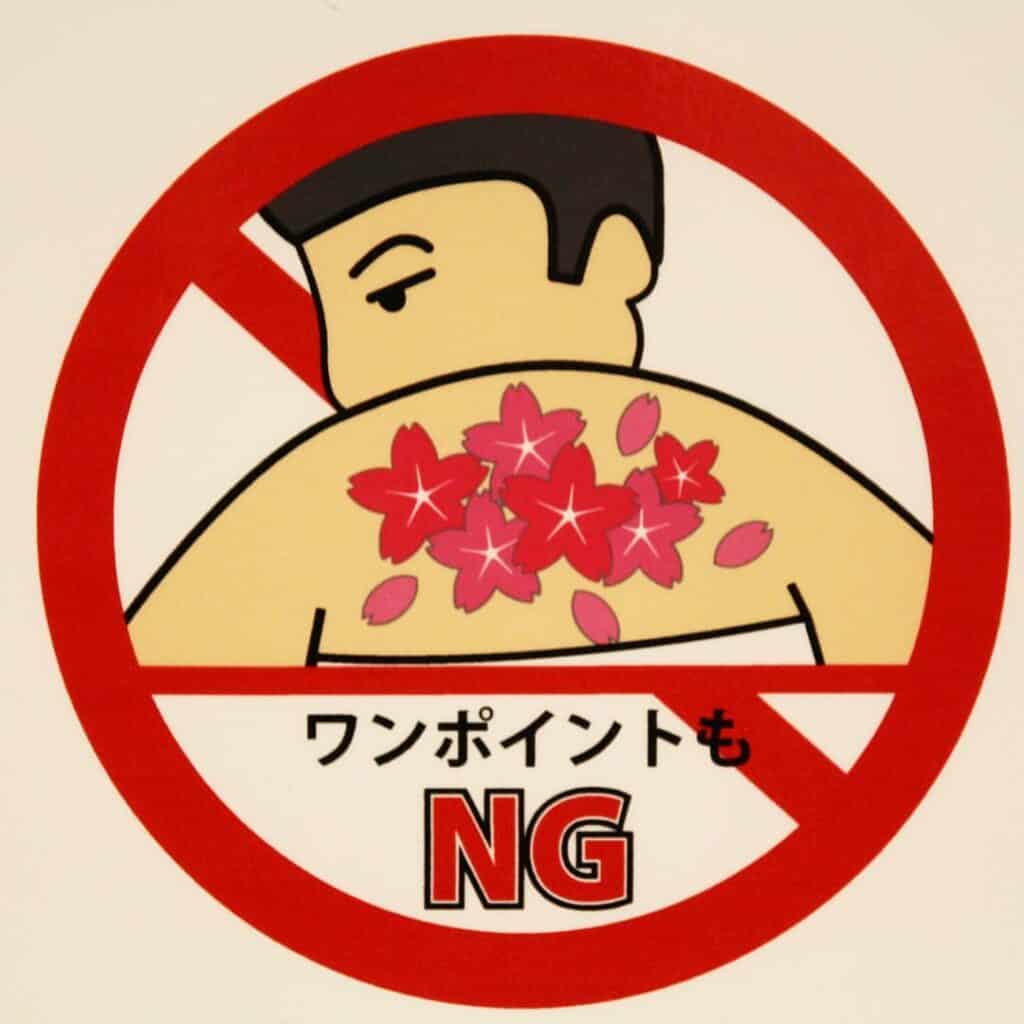
You’re unlikely to see anyone showing off their ink in Japan. Tattoos have a complex history in Japan, but for many years they’ve been associated with gang activity. Tattoos are taboo to display in public, so keep yours covered unless you want to cause a stir.
Some public areas like onsen require a certain amount of undress to participate. If you have tattoos, you’ll want to phone or e-mail ahead and make sure the onsen is tattoo-friendly. Otherwise, you may show up and not be allowed to partake.
Bathing in Public
Public bathhouses are popular in Japan. Sento are neighborhood bathhouses. These are often government subsidized, so expect vending machines or all products. These are sectioned into two spaces, one for washing and one for relaxing. There are also hot springs or onsen at resorts which are often very popular, set in natural settings for relaxation.
Ryokan are traditional inns where you can stay or dine. Depending on where you stay, some ryokan offer private onsen in their rooms. If you opt for the group bath, make sure you scrub clean before joining everyone else. You’ll be given a towel, and it’s recommended to wear it on your head.
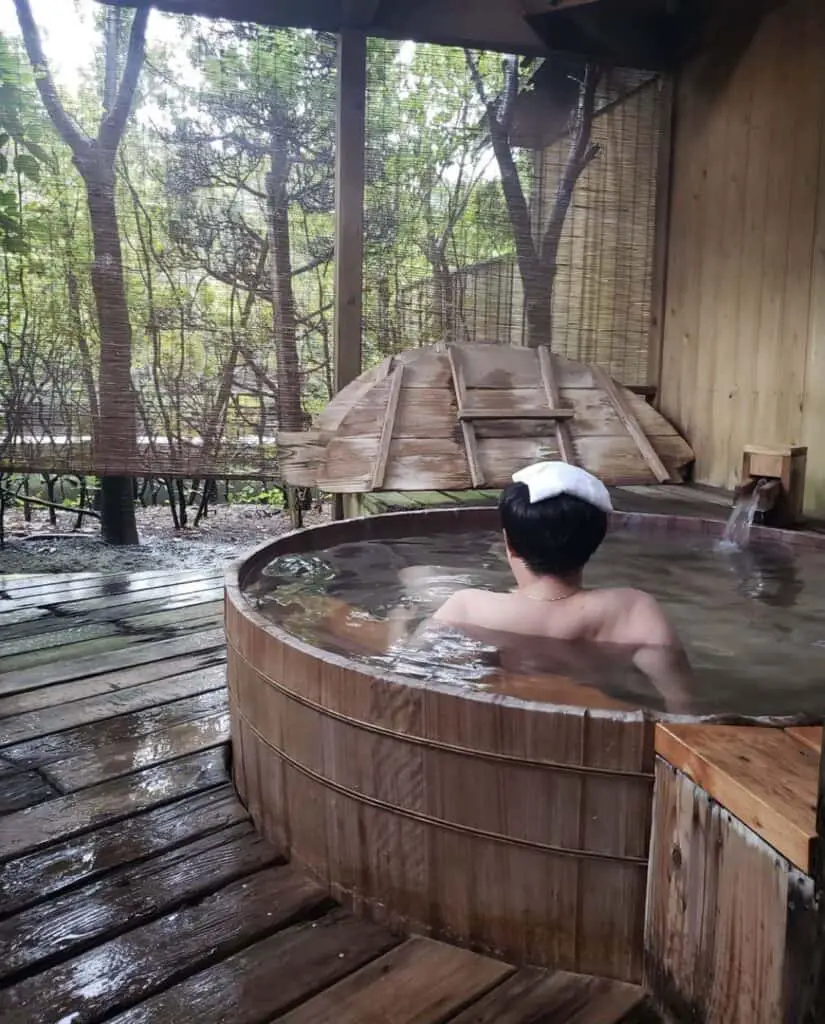
Conformity
Japanese society focuses more on the group than the individual. Individual people are seen as units of a whole, and the focus is on not drawing attention to oneself. That’s not to say there aren’t high fashion areas where looks are expected to catch the eye.
You will likely stand out as a tourist, but doing your best to fit in will help keep any unwanted attention at a minimum. Foreigners in Japan can expect glances, calls for attention, and requests for pictures, especially if you don’t look Japanese.
Speaking English
Don’t worry if you don’t speak too much Japanese unless you’re determined to practice. More than likely, everyone will want to speak English with you. It does help to learn a few helpful phrases in case you are traveling in more rural areas, like how to find the restroom or train station.
Don’t be upset if you don’t get to speak the phrases you learned. Most people are excited to practice their English with a native speaker. Don’t be surprised if a total stranger strikes up a conversation.
Foreigners who live in Japan become used to being sought out for practicing English conversation with. Expect to talk to a few people who want to learn English, and be prepared to be friendly and helpful in exchange for good advice on places to visit while you’re in the country.
Safety
Japanese society’s focus on groups and social traditions means you’ll often find yourself in crowds. While it’s true that the crime rate in Japan is lower than in other countries, crime does still happen. If you’re concerned, keep an eye out for local police or security so you know who to alert.
The country has a reputation for safety, and you’ll notice it as you travel. You may see businessmen who miss trains and sleep on park benches, lots of solitary travelers, as well as small children out in public on their own. Obviously, pay attention to crime rates before traveling somewhere, and take precautions regardless.
Tour Guide
There are a lot of benefits to working with a tour guide, although it isn’t necessary. Traveling with someone who speaks the language can be very helpful, especially if you travel alone. There’s also the benefit of enjoying the company of a person native to the area. They know all the right spots to hang out, and they can point you to hidden gems you may not see otherwise.
Temple Visits
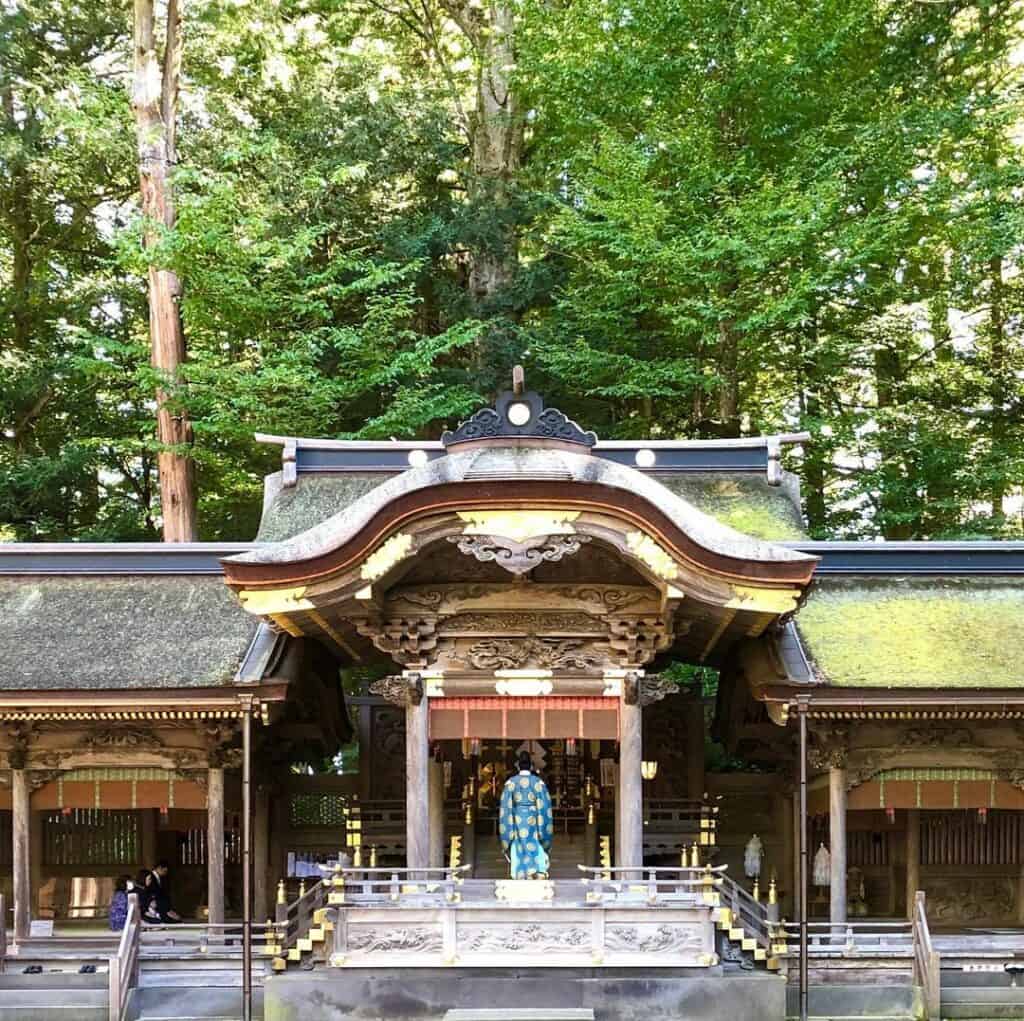
Shinto shrines and Buddhist temples offer beautiful visual monuments to see and a chance to immerse yourself in Japanese architecture. Seasonal events and festivals are often hosted in these beautiful locations. Respectful observation is perfect for tourists, so don’t feel pressured to participate as long as you’re peaceful.
Temples are not as strict as shrines, which often have very strict protocols. It’s recommended to look up specifics about the specific shrine you plan on visiting. There are many videos online that outline the ceremonies and rituals one can partake in.
Deer Island
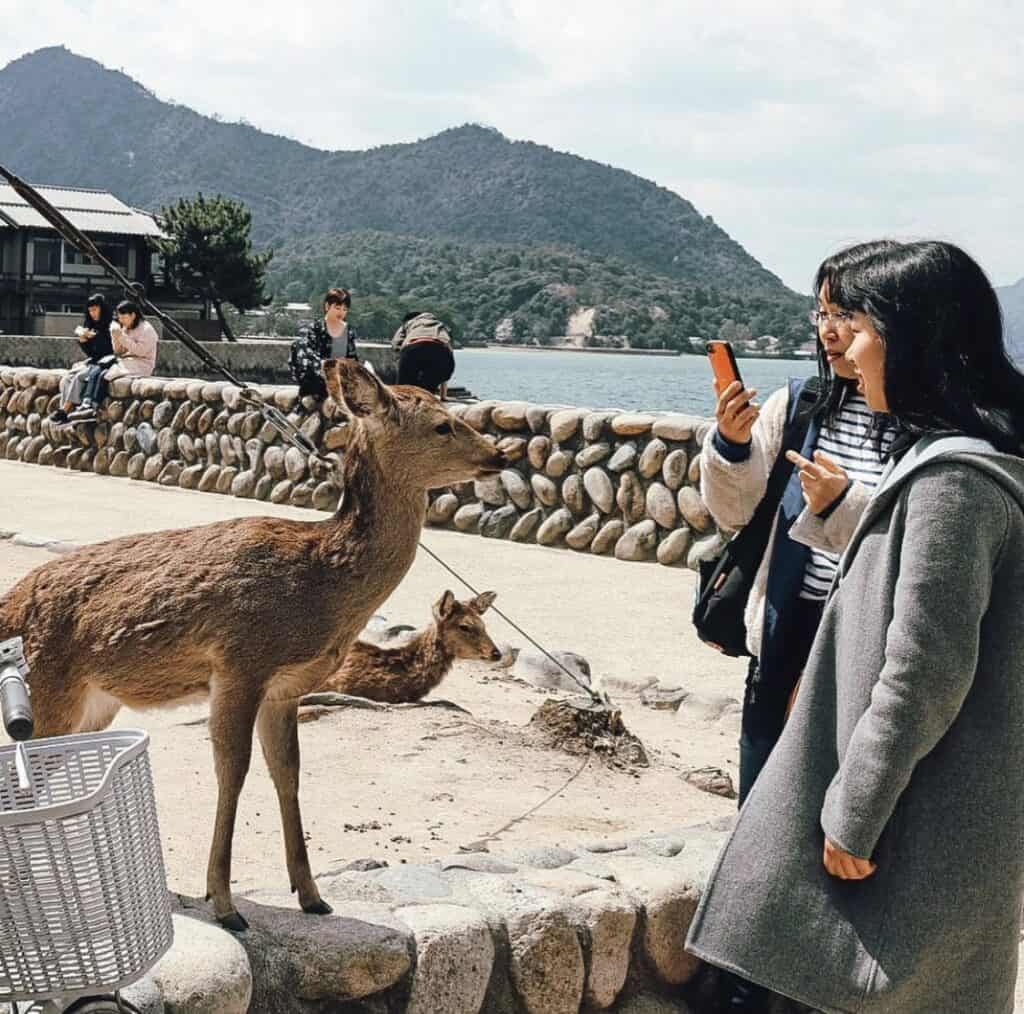
Miyajima Island is populated with tame deer. These friendly creatures like to come right up to tourists. Many tourists like to visit for the chance to visit with the friendly local fauna, who travel freely all over the island.
Miyajima Island is also home to Itsukushima Shrine, famous for its floating Torii Gate. This Shinto temple also floats, having been built directly on the water. Between the kindly deer and the peaceful temple, Miyajima Island seems like a retreat from the city life.
Street Food
Depending on where you’re traveling, street food may be for sale. Osaka and other big cities are home to areas where street vendors sell their dishes. These are often in a common area like a marketplace, although some are mobile like street trucks.
Famous street food include taiyaki, savory fish-shaped pancakes. Crepes and bento are also favorites for locals and tourists alike. Be sure to get seconds! You’re only in Japan once. Takoyaki is likely the most popular, an octopus and tempura scrap savory snack that’s been served since the 1930s.
Tea Ceremonies
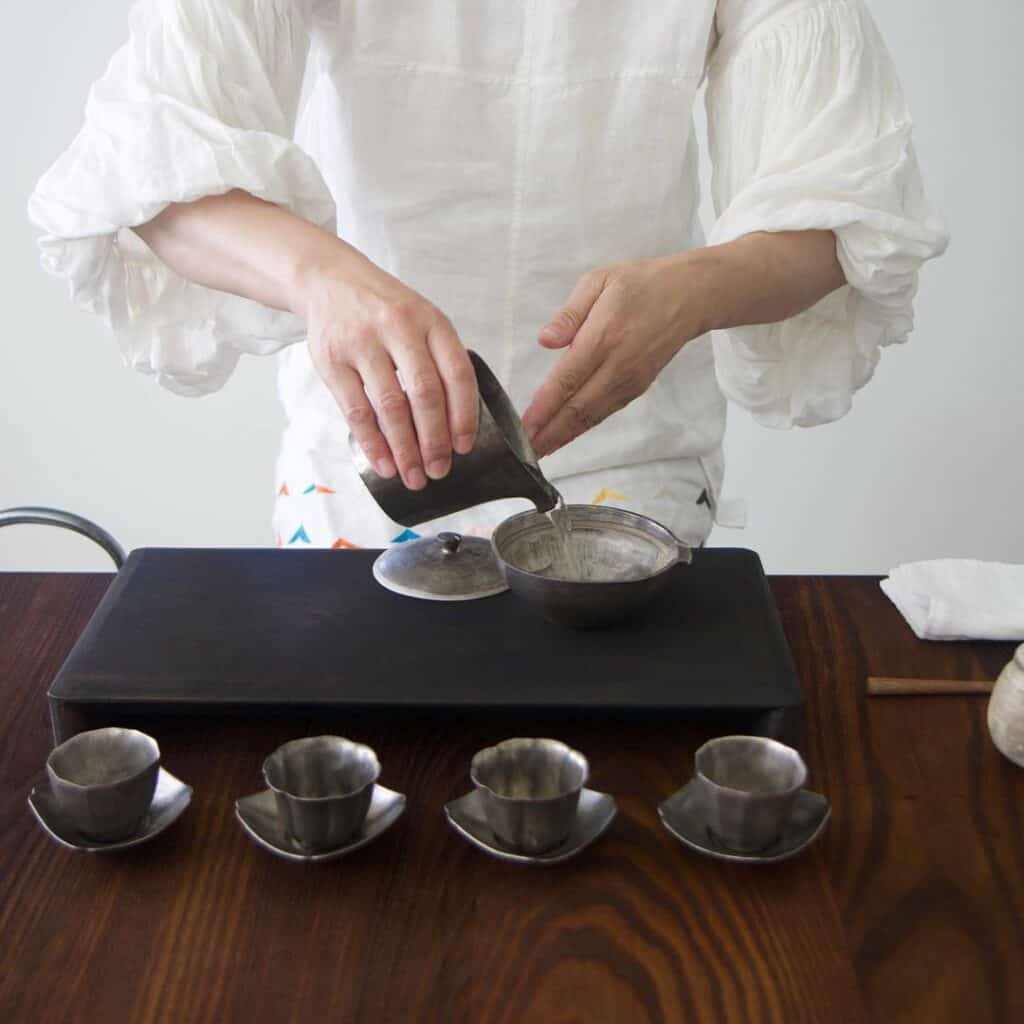
Japanese culture is rooted in respect, including looking after guests. Hospitality in Japan is a regular part of life, as respect is considered an everyday virtue. Tea ceremonies are meant to offer guests a respite from the busy day.
Many hotels offer tea ceremonies, but you’ll also find them in gardens and cultural centers. The gathering is Zen-inspired, with a formal procedure. The length of the ceremony and the extent of protocols vary depending on where the service is held and who is participating.
Japanese Sports
Known as yakyu, baseball is one of Japan’s national pastimes. Introduced by Americans in the 1850s, baseball quickly took off. It’s a common activity, and competition is intense, especially in the professional leagues.
Sumo is Japan’s most famous sport and is often the first one associated with the country. The game is heavily ritualized, with scrutinized pushing and shoving. It’s recommended to book in advance for tickets to sumo matches, as they tend to sell out.
KFC in Japan
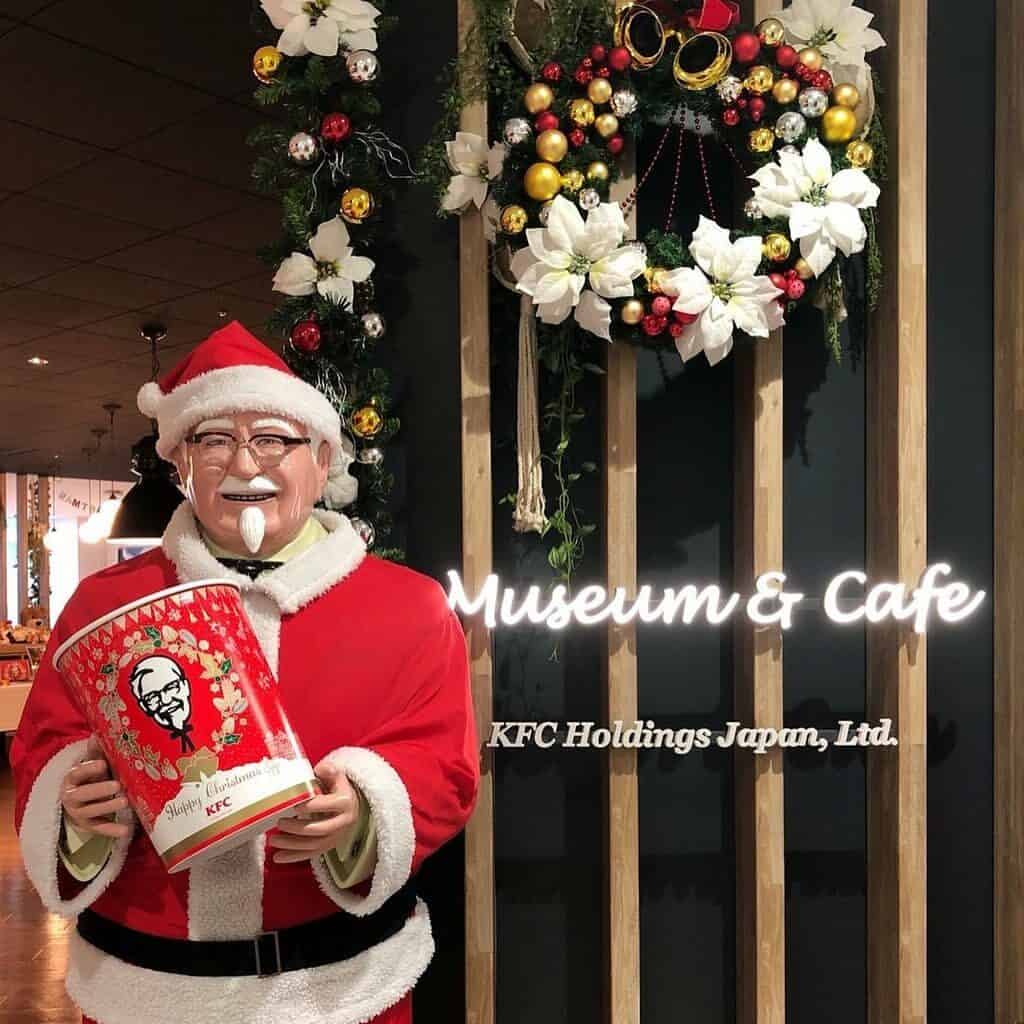
KFC and fried chicken are enormously popular in Japan. The chain has found enormous success in Japan, perhaps due to its country branding. In Japan at Christmastime, it’s traditional to eat chicken for dinner.
KFC is a popular destination at Christmas time, especially since roasting a whole chicken isn’t always possible in small Japanese apartments. Instead, families are greeting by a Colonel Sanders impersonator dressed as Santa Claus before they purchase their fried chicken. As a tourist, you won’t want to miss out on this tradition if you’re in Japan on December 24 for a taste of “Kentucky for Christmas.”
Love Locks
If you’re a romantic, you’re in the right place. Paris’s love lock bridge is world famous, but Lover’s Point in Japan is not as well known. Therefore, it’s off the beaten path and practically secluded.
Located in Kashiwazaki City, you can’t miss it.
Fences covered in pink and red plates with names on them line the cliff, offering a beautiful view. Tourists will enjoy both the tradition of hanging a heart-shaped plate on the fence and looking out at the sea.
Festivals
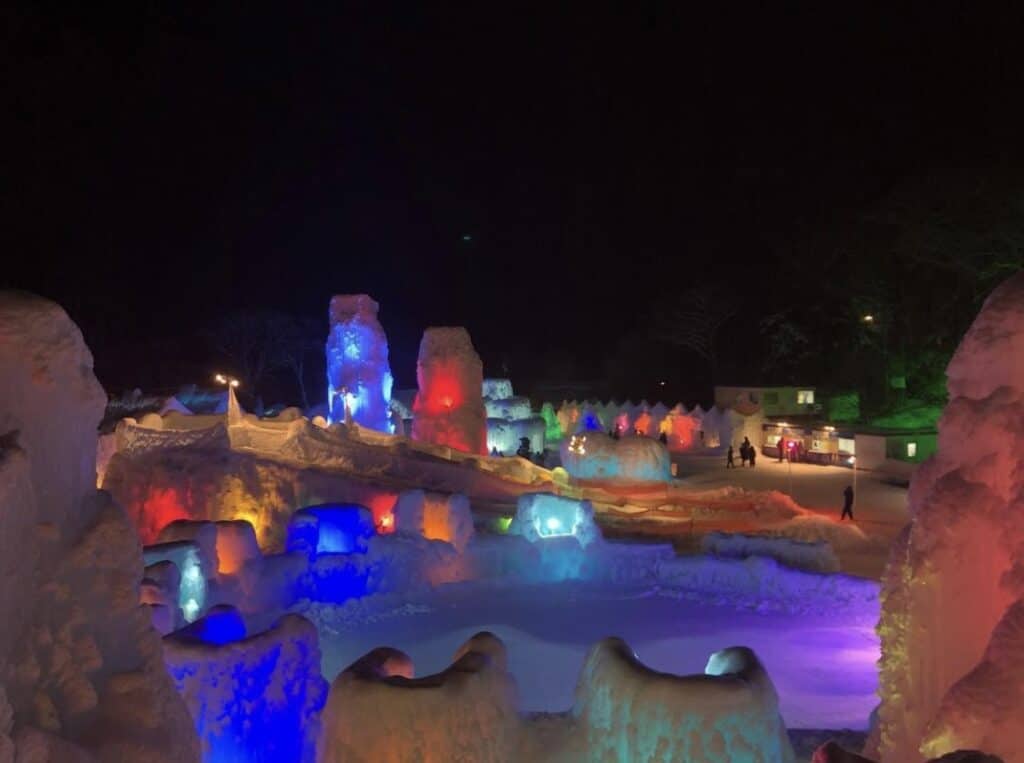
There are many different festivals held in Japan, often marketing a specific event or custom. Many events are held around natural locations, like the Lake Shikotsu Ice Festival and its cave or the many Cherry Blossom Festivals held at the beginning of the cherry blossom season.
Festivals don’t always cost anything to attend. However, some festivals have dress codes encouraged. If you can attend a festival, don’t miss out. Between fireworks, floats, and demonstrations, festivals are events you don’t want to miss.
Theatre
There are several different popular forms of theatre in Japan. These famous traditions have held the test of time: Kabuki, Bunraku, and Noh. Kabuki theatre is a classic dance and drama play, where all the parts are played by men. Kabuki stars are as famous as celebrities in Japan, and you may notice their faces in advertisements while you’re there.
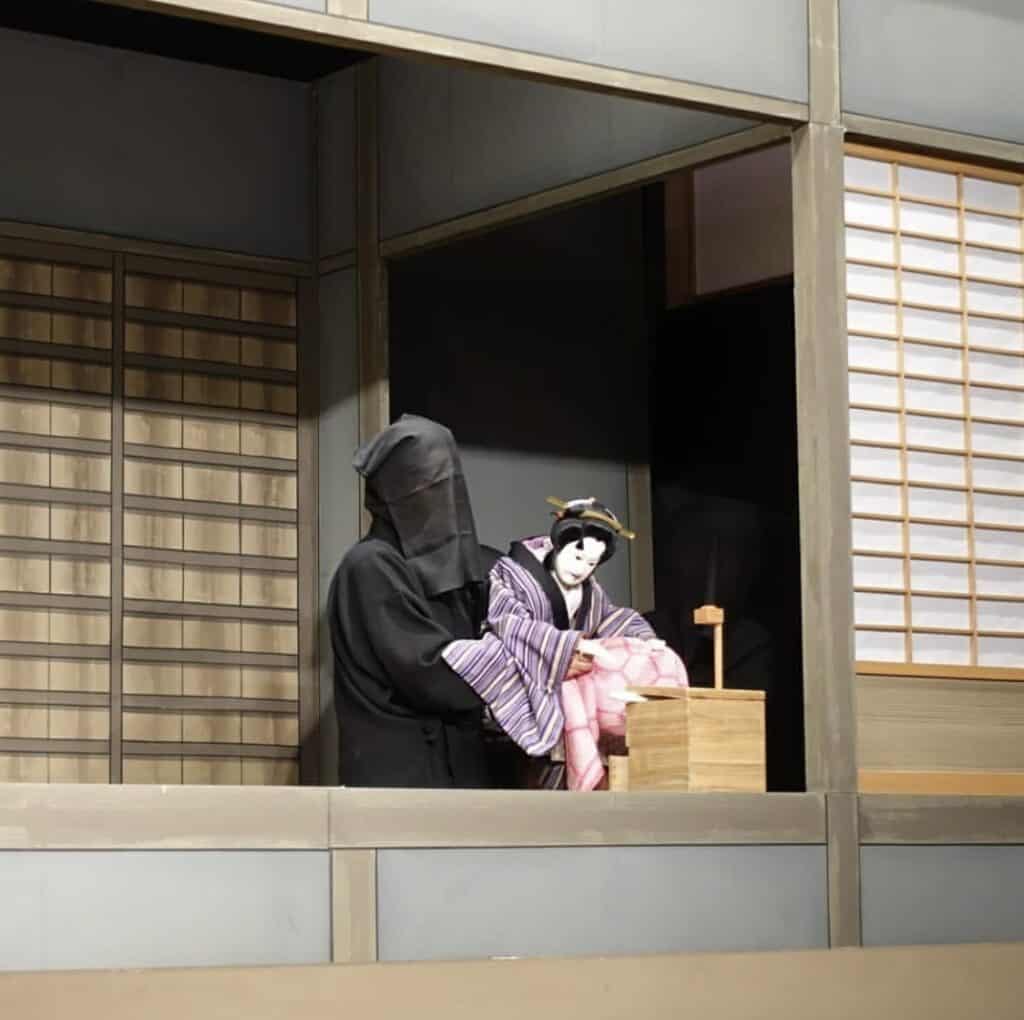
Bunraku is a puppet theatre in which the dolls are half-life-sized. The dolls are maneuvered by handlers dressed in black and wearing black hoods to blend in like shadows. They train to operate the puppets in a graceful and studied way that’s considered lifelike.
Noh theatre is less about storytelling than western plays. The program usually has three plays, and all are performed by finely costumed actors. The robes, set pieces, and lines are all deeply coded in symbolism, and the actors perform with accompaniment from a small band playing traditional instruments. It’s a really unique experience.
Omotenashi
Omotenashi is the name for the culture of hospitality you will find in Japan. According to Japan’s official tourism website, “Omotenashi goes beyond the customer is always right; rather, it is an implicit understanding that there are no menial tasks if the result ensures a great experience for a guest.”
As a tourist in Japan, you’ll find this spirit of giving everywhere you look. Ceremonial experiences are baked into everyday activities. Even the daily opening of shopping malls include ceremonies where staff bow to guests.
Geisha
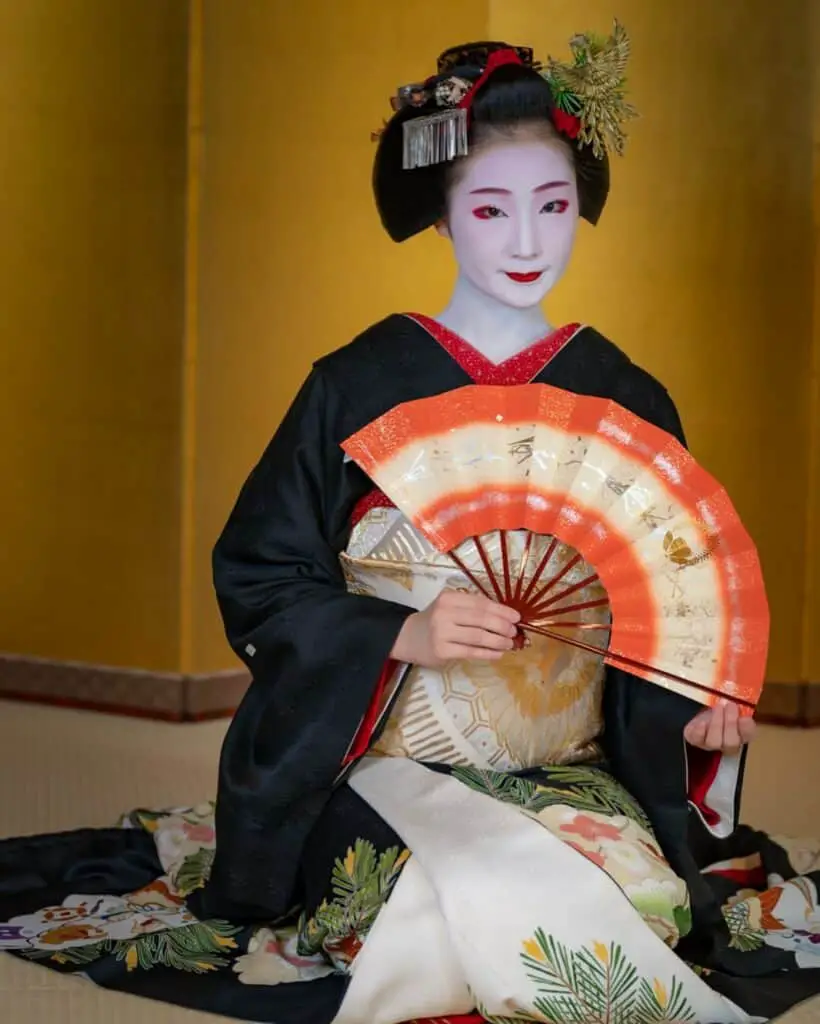
Geisha are hostesses who entertain with dance, song, and conversation. They emulate traditional Japanese culture for those who they host, providing art and entertainment like an American performance artist.
Geisha should not be mistaken for anything other than entertainers and respected like musicians or artists. Unfortunately, tourists have a history of shouting at, grabbing, or otherwise disrespecting these women. It’s been such a problem that some cities like Kyoto have issued reminders publicly (https://kyoto.travel/en/info/manner.html) not to take photographs of geisha without permission.
If you see a geisha, remember she is at work where she is seen as a model of traditional femininity in Japan. They are mysterious and elegant figures, and the effect is intentional. These women wear white face paint, red lipstick, and black eyeliner, a tradition started to help them stand out at parties so they could be effective hostesses.

